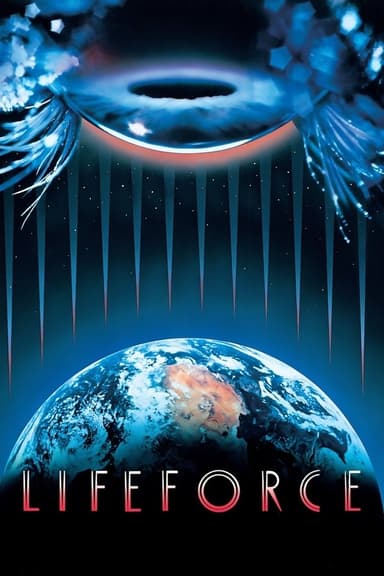
Queen of the Damned
2002 • Fantasy, Horror, Romance • R
Vampire Lestat awakens from his slumber and becomes a rock star. But chaos strikes when his music awakens Akasha, the vampire queen, who may not rest until she makes Lestat her new king.
Runtime: 1h 41m
Why you should read the novels
If you truly want to immerse yourself in the spellbinding world of Anne Rice's vampires, her novels offer an unrivaled literary experience. The narrative depth and psychological complexity of characters like Lestat come alive far more vividly on the page than on screen. You’ll discover intricately woven backstories, philosophical explorations of immortality, and emotional layers often pared down in film adaptations.
The novels, especially 'The Queen of the Damned' and 'The Vampire Lestat,' form the heart of Rice’s celebrated 'The Vampire Chronicles,' where mythic, ancient vampires roam through meticulously crafted gothic settings. Readers are treated to the full, intoxicating scope of vampire history, seductive power plays, and lush supernatural lore that movies can only hint at. Anne Rice writes with an opulent, evocative style that transports you into a world brimming with decadence, beauty, and danger.
Whether you crave atmospheric world-building or a compelling philosophical search for meaning, Rice’s originals will entrance and challenge you. Dive into the novels to savor every nuance—and to encounter Lestat, Akasha, and their world in forms unbound by the limits of cinema.
Adaptation differences
The film adaptation of 'Queen of the Damned' significantly condenses and alters the rich narrative found in Anne Rice’s novels. For instance, the movie draws not only from 'The Queen of the Damned,' but also heavily from 'The Vampire Lestat,' combining major plot points and characters from both books. This leads to a simplified storyline that omits much of the novels’ depth and complexity, especially regarding the origins and motivations of its vampire cast.
Several important characters and subplots are either excluded or changed. Maharet and Mekare, the ancient twins central to the climax in the novel, receive far less development and screen time in the film, drastically reducing their narrative significance. The intricate history of the vampire race, especially the tale of Akasha and the philosophical themes about the nature of evil and power, is glossed over or given cursory treatment compared to the thoughtful exploration in the books.
Furthermore, the portrayal of Lestat in the movie focuses more on his rock-star image and romance with Jesse, rather than his inward struggles and existential philosophical journeys as depicted in Rice’s writing. Key relationships, such as Louis’ involvement and the weight of the Vampire Council, are minimized or reimagined, shifting the thematic focus away from Anne Rice’s intent.
Ultimately, the film transforms Anne Rice’s vivid, multi-layered narrative into a more conventional supernatural thriller. While visually striking, it misses out on the books’ intricate plotting, moral ambiguity, and emotional resonance, offering instead a streamlined version that prioritizes style and spectacle over substance.
Queen of the Damned inspired from
The Queen of the Damned
by Anne Rice
The Vampire Lestat
by Anne Rice









